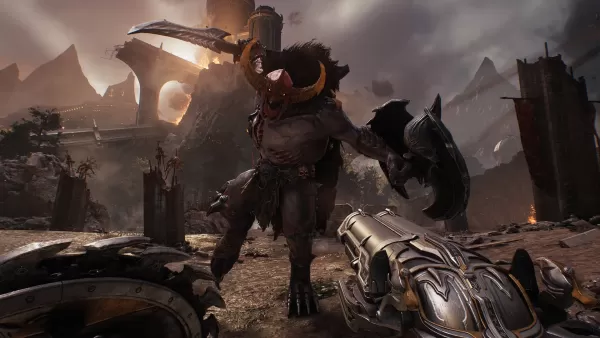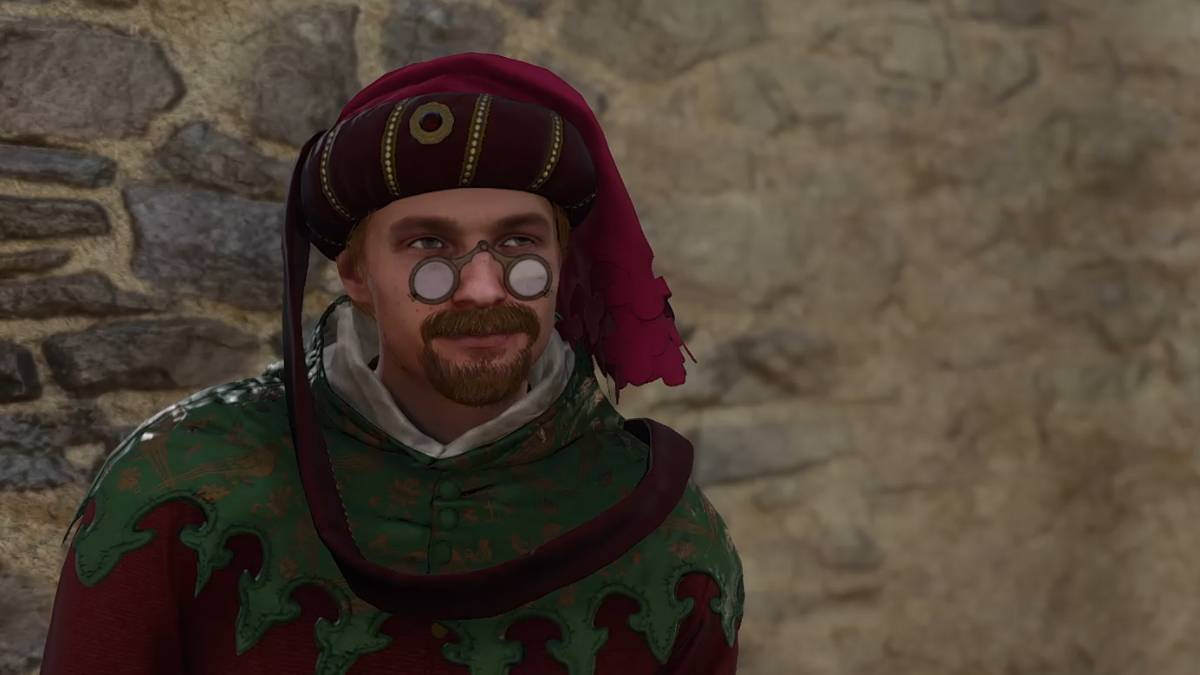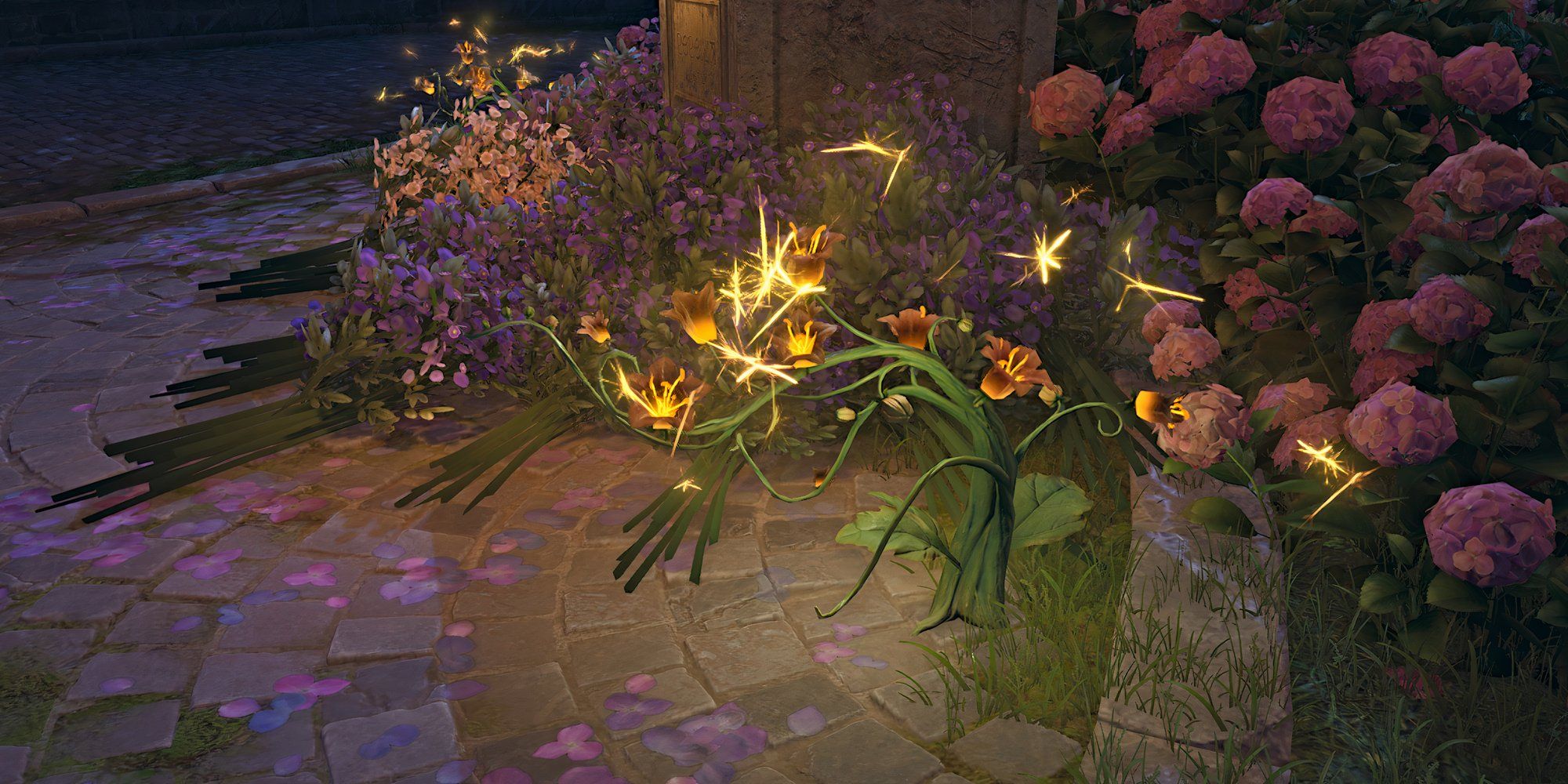When director Hugo Martin unveiled the "stand and fight" mantra for Doom: The Dark Ages during Xbox's Developer Direct earlier this year, it immediately piqued my interest. This approach stands in stark contrast to id Software's previous title, Doom Eternal, which thrived on fast-paced, constantly moving combat. However, Doom Eternal introduced one enemy that forced players to adopt a "stand and fight" strategy—the Marauder. This adversary, often considered the most controversial in the series, is a personal favorite of mine. The realization that Doom: The Dark Ages' combat system hinges on reacting to bright green lights—the same crucial element for defeating the Marauder—cemented my excitement for the game.
Rest assured, The Dark Ages doesn't confine you to a frustrating duel with a Marauder-like enemy. While the Agaddon Hunter, shielded and wielding a deadly combo attack, presents a challenge, the essence of Eternal's intense battles is woven into the fabric of every enemy in The Dark Ages. The game reimagines, recalibrates, and refines the Marauder's mechanics, embedding them into its core combat design. The result is a seamless integration where every encounter feels as strategic and rewarding as facing the Marauder, without the irritation.
The Marauder is a unique challenge in Doom Eternal, where battles typically involve dashing around arenas, slicing through weaker foes and juggling larger ones. Eternal is often described as a management game, not just for resources but also for controlling the battlefield using speed, space, and weaponry. The Marauder, however, throws this strategy out the window. This formidable enemy, with its axe and relentless attacks, requires your undivided attention, often necessitating one-on-one confrontations. In larger battles, the best strategy is to evade its attacks, clear the surrounding enemies, and then engage it directly.
 Doom Eternal's Marauder is one of the most controversial enemies in FPS history. | Image credit: id Software / Bethesda
Doom Eternal's Marauder is one of the most controversial enemies in FPS history. | Image credit: id Software / Bethesda
Standing still isn't literal in Doom Eternal; it's about mastering the battlefield through strategic positioning. Approach too closely, and the Marauder's shotgun blast becomes nearly unavoidable. Retreat too far, and you'll face a barrage of projectiles that, while easier to dodge, keep you out of range for the crucial axe swing. The key is to provoke that axe attack, as the Marauder is only vulnerable during its wind-up animation. His energy shield absorbs all gunfire, so you must find the perfect distance to make him drop his guard. When his eyes flash bright green, that's your signal—a fleeting window to land a devastating blow.
In Doom: The Dark Ages, the bright green flash also plays a pivotal role. Paying homage to the original Doom, enemies unleash volleys of bullet hell-like projectiles, with special green missiles that the Doom Slayer can parry using his new shield, sending them back to their origin. Initially a defensive move, this parry becomes a powerful offensive tool once you unlock the shield's rune system, allowing you to stun enemies with lightning or activate your shoulder-mounted, auto-targeting cannon.
Navigating The Dark Ages' battlefields transforms into a series of focused one-on-one encounters with various formidable demons. While survival doesn't hinge solely on reacting to green lights, mastering the shield runes makes parrying a cornerstone of your arsenal. Integrating this into your combat strategy reveals the shared mechanics between The Dark Ages' parry system and Eternal's Marauder battles. You must find the optimal distance, as demons won't fire projectiles up close, and when the green orbs appear, you need to position yourself to intercept them. Then, like timing the Marauder's swing, quick reflexes are essential to execute the parry. This demands constant focus, turning your journey into a series of strategic, intense showdowns. You stand and you fight, just as you did against the Marauder.
The Marauder's primary criticism was its disruption of Doom Eternal's flow, forcing players to abandon their established tactics. This is why I adore the Marauder; it demands a different dance in a game that already breaks the norms of first-person shooters. Eternal challenged players to rethink resource management, weapon choices, and combat strategies, and the Marauder took this a step further. While I relish this challenge, I understand why many find it frustrating.
 The Agaddon Hunter may be the most Marauder-like enemy in The Dark Ages, but every demon has a little bit of Eternal's most fearsome foe in them. | Image credit: id Software / Bethesda
The Agaddon Hunter may be the most Marauder-like enemy in The Dark Ages, but every demon has a little bit of Eternal's most fearsome foe in them. | Image credit: id Software / Bethesda
Doom: The Dark Ages addresses this issue by integrating diverse combat styles into its overarching battle system. Each major enemy type has its own unique green projectile or melee attack, requiring you to adapt your strategy for each encounter. For instance, the Mancubus fires wide energy "fences" with green "pillars" at either end, necessitating side-to-side movement to parry each one. The Vagary launches a volley of deadly spheres, prompting a sprint to deflect the right rows. The skeletal Revenant, reminiscent of the Marauder, remains invulnerable until you can deflect one of its green skulls fired in alternating patterns.
With every demon demanding different footwork, the introduction of new enemies feels natural rather than jarring. While the Agaddon Hunter and Komodo present a difficulty spike with their intense melee attacks, by the time you encounter them, you're already accustomed to adapting your movements and reactions. This was not the case with the Marauder in Eternal, where the established rules focused on using the right weapon for each demon, not the position and reaction-based tactics needed to defeat it.
The Marauder's design was never the problem; it was its unexpected rule-breaking nature that caught players off guard. Doom: The Dark Ages prepares players for similar mechanics by making reaction-based combat a fundamental part of the entire experience, rather than a surprising mid-game challenge. This shift means the difficulty is less pronounced—the shield's parry window is more forgiving than the Marauder's eye flash, even on higher difficulties. Yet, the essence of the Marauder—syncing with an enemy, waiting for the perfect moment, and striking when the green light appears—permeates every battle in The Dark Ages. While the game offers a fresh take on these concepts, they remain unmistakably familiar. You stand and you fight.

 Latest Downloads
Latest Downloads
 Downlaod
Downlaod




 Top News
Top News








